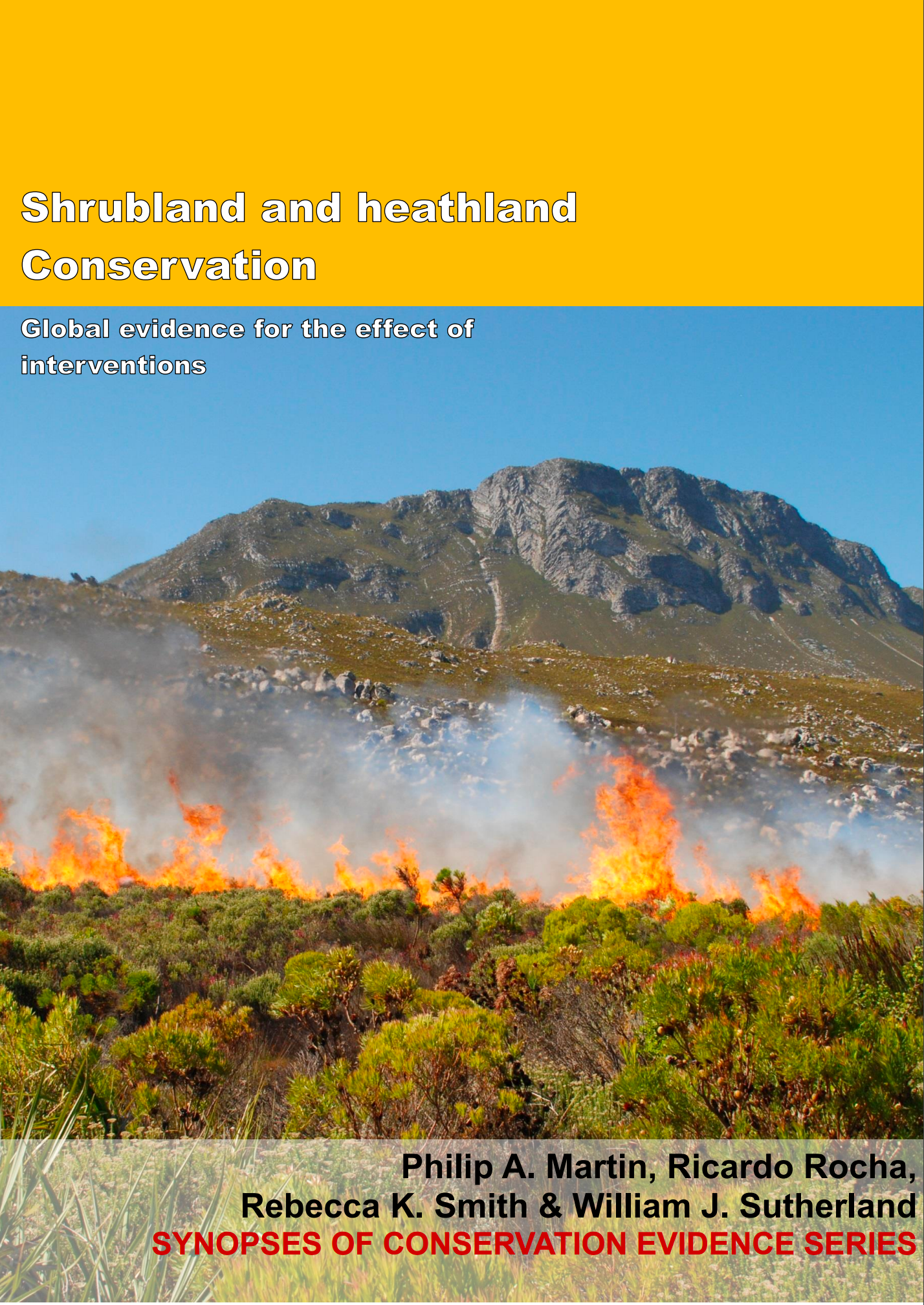Use ‘bracken bruiser’ to control bracken
-
Overall effectiveness category Unknown effectiveness (limited evidence)
-
Number of studies: 1
View assessment score
Hide assessment score
How is the evidence assessed?
-
Effectiveness
0% -
Certainty
10% -
Harms
7%
Study locations
Supporting evidence from individual studies
A randomized, replicated, controlled, before-and-after, paired study in 2005–2013 in a site dominated by bracken Pteridium aquilinum in the UK (Milligan et al. 2016) found that ‘bracken bruising’ increased bracken cover and had no effect on the number of plant species or plant diversity. In plots where a bracken bruiser was used bracken cover increased over eight years (before: 23–24%, after: 64–74%) while in plots that where a bracken bruiser was not used bracken cover also increased (before: 24%, after: 75%). There was no significant difference in the number of plant species found in plots where a bracken bruiser ha d been used and those where it was not (no data presented). There was no significant difference in the plant diversity of plots where a bracken bruiser was used and those that where it was not (data presented as Shannon-Weiner index). In 2005-2012 a bracken bruiser was used twice a year in three 20 x 20 m plots and in three other plots no bracken bruiser was used. Plots were paired. In 2005–2013 plant cover was assessed by eye in five 1 m2 quadrats which were randomly located in each plot.
Study and other actions tested
Where has this evidence come from?
List of journals searched by synopsis
All the journals searched for all synopses
This Action forms part of the Action Synopsis:
Shrubland and Heathland Conservation
Shrubland and Heathland Conservation - Published 2017
Shrubland and Heathland synopsis





)_2023.JPG)














